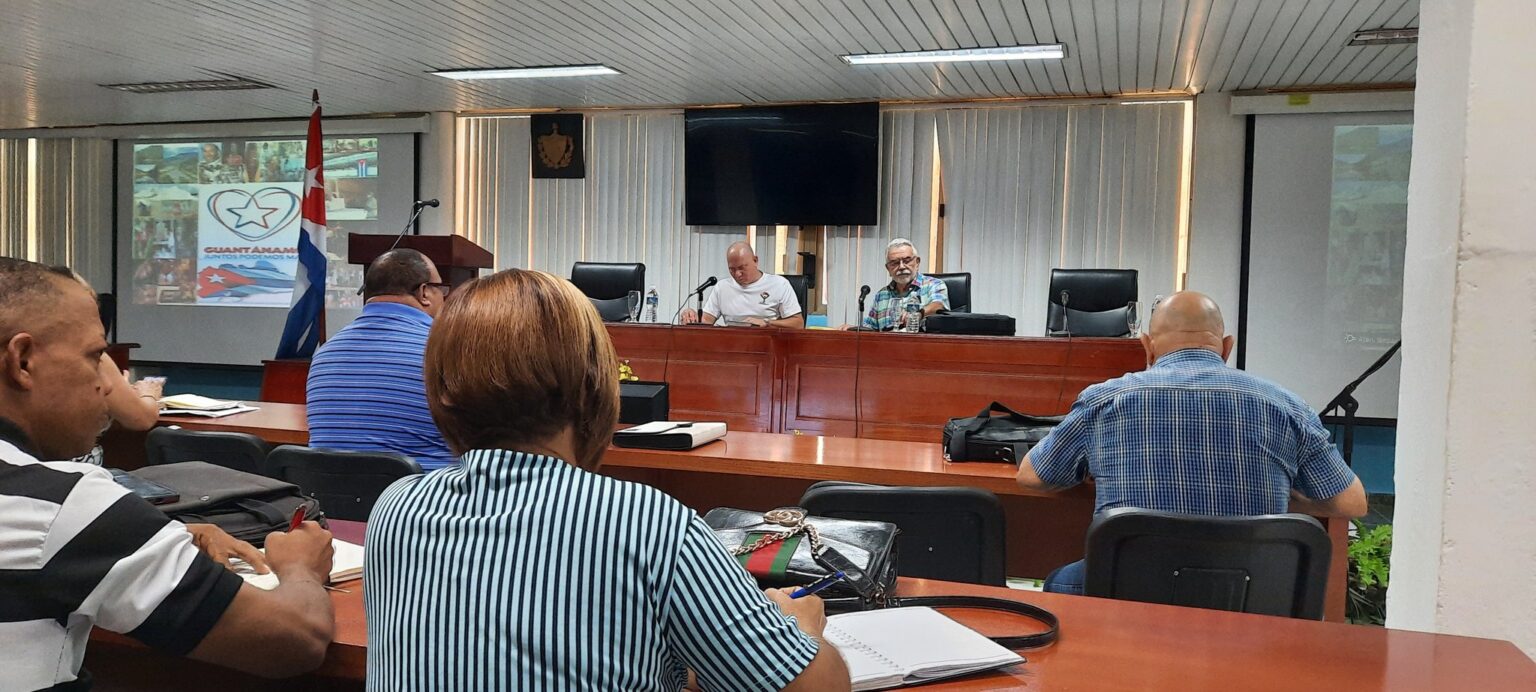 Guantanamo.- For a correct implementation of the territorial plan to support Demographic Dynamics in Guantanamo, the homonymous Study Center, attached to the University of Havana, exchanged with representatives of various entities in the territory, responsible for compliance with related policies.
Guantanamo.- For a correct implementation of the territorial plan to support Demographic Dynamics in Guantanamo, the homonymous Study Center, attached to the University of Havana, exchanged with representatives of various entities in the territory, responsible for compliance with related policies.
For training purpose, PhD. Antonio Aja Díaz, member of the government commission at the country level for attention to demographic dynamics, warned about the absence in the territory of an institution aimed at street people.
As a matter of national urgency for caring this vulnerable sector in the town, they should be attended from a multidisciplinary perspective, to then gradually reinsert them into their families, and in the case of having no family or property, the state should be should provide maximum support to these people, he said.
Likewise, at the meeting held in the main government hall in the territory, the structural consolidation of a Demographic Observatory was urged with the leading participation of scientific centers, which verify the correct implementation of national programs for the Advancement of Women and against Racism, as well as Racial Discrimination, the Policy for Comprehensive Care of children, adolescents and youth, the Family Code, among other wills.
For his part, the director of organization and information of the local government, Roidis Coello Márquez, highlighted the population decrease that this province is suffering, about 2 thousand people per year, between the municipalities Guantánamo, Niceto Pérez, El Salvador, Manuel Tames, Yateras and Baracoa, fundamentally, to which is added the constant aging variable, in Baracoa, Maisí and Guantánamo.
Another aspect that stood out in the training was the recognition of the province as one of the provinces with the highest fertility rate in Cuba, with more births than deaths and low levels of abortion and suicide, as well as obvious care for minors, with 40 daycare centers and an enrollment of 6,680 children, 26 children’s houses for 370 and an “Educate your Child Program” that serves approximately 27,720 children.
Finally, the participants pay attention to the low number of economically active population and the rate of local economic activity, in the first case, only 64.3% of the population and in the second, barely 200,850 inhabitants, elements that also affect the productivity of the territory, a consequence of the migrations that the territory suffers, among other categories.
Translated by Liubis Balart